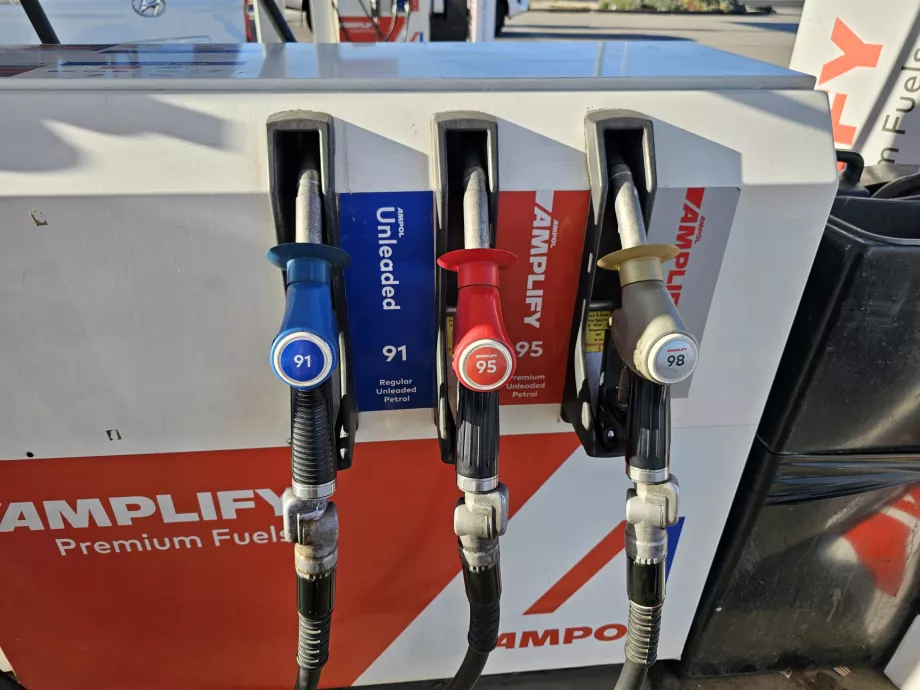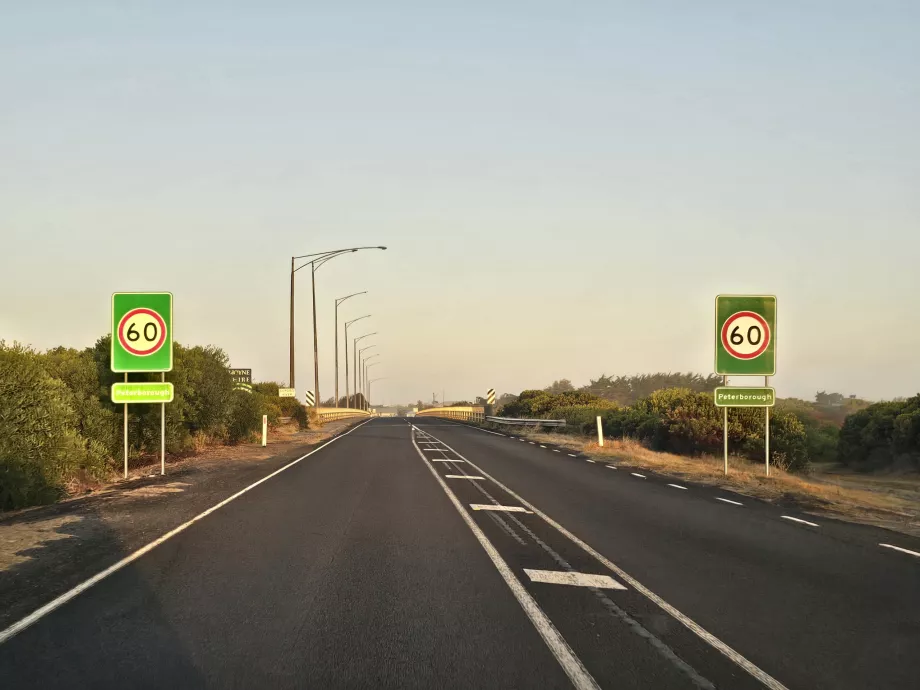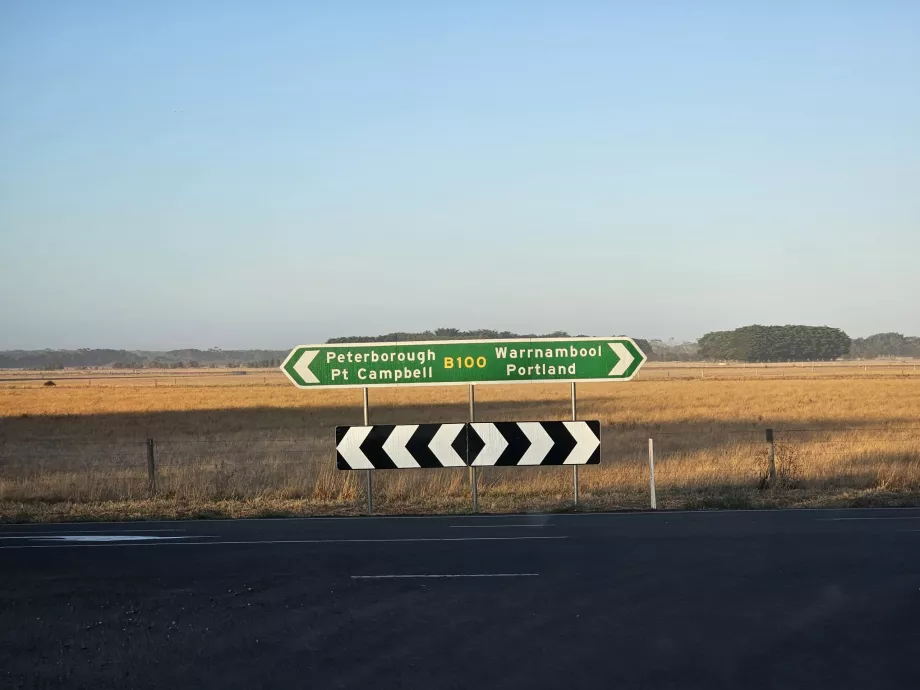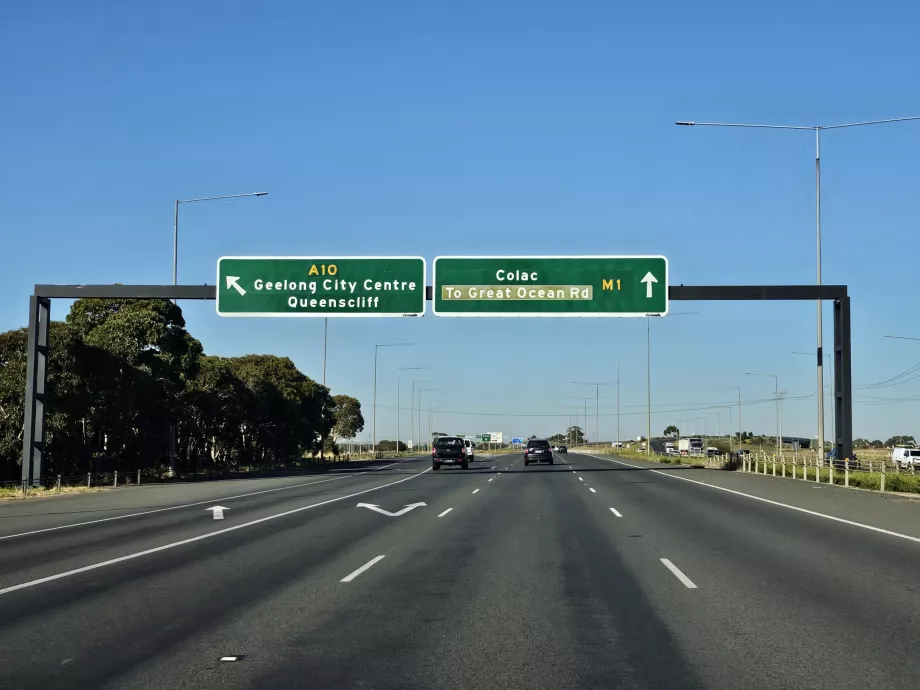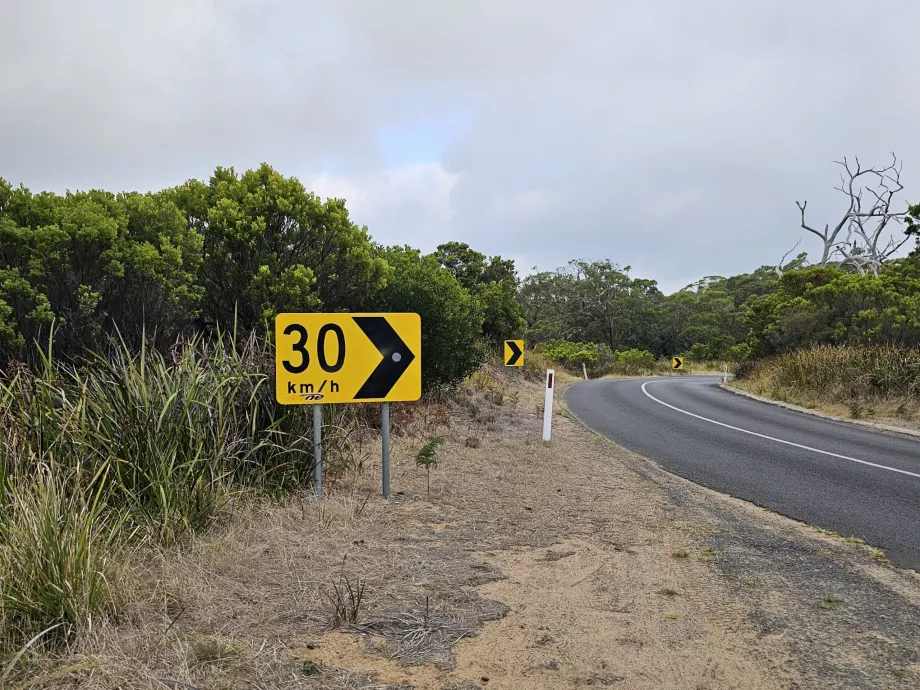Car rental in Australia
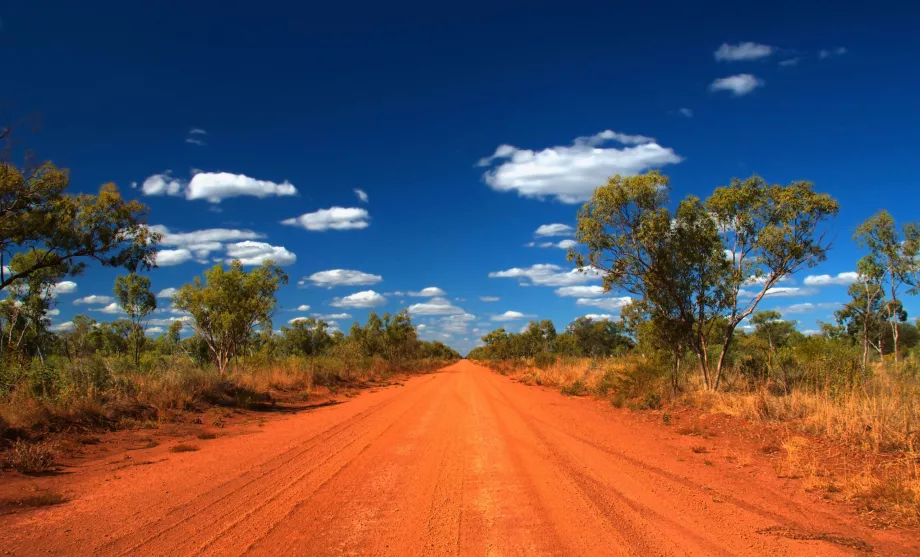
Australia is a huge country where travellers head mainly for its natural beauty, national parks and road-trips.
Outside of the cities, public transport gets you virtually nowhere, making car hire the most common form of transport for tourists.
Even in Australia, there are general guidelines for renting a car and if you are new to this segment, read our article How to rent a car abroad for the first time.
Australia has left-hand traffic.
How and where to book a car in Australia
Most multinational car rental companies operate in the country, both at all local airports with regular service and in city centres.
To book, we recommend using the comparison engine of most car rental companies, which will sort the results according to your chosen criteria:
Compare prices at booking.com/cars
When booking cars in Australia, the price depends mainly on the season and also on the rental location.
Prices in winter (November to March) are up to 20% lower than during summer. Some car rental companies have last-minute deals when you book less than a month before pick-up, but usually only during the winter months (around May to the end of September).
We have personally rented cars in Australia from Avis, Sixt and Budget and have had good experiences with all of them. All of them can also be filtered on the aforementioned booking.com website.
Car rental prices in Australia
Car hire in Australia is not as expensive as other services and is more average in global comparison.
The price depends on the length of the rental (the longer the longer, the cheaper the daily rental price will be) as well as the season. Examples of prices are given below.
- Weekly rental high season (small car) - from 490 aud
- Weekly rental main season (4x4 SUV) - from 550 aud
- Weekly off-season rental (small car) - from 300 aud
- Weekly off-season rental (SUV 4x4) - from 370 aud
- compare prices on booking.com
There are dozens of airports in Australia with car rental companies, and rental companies operate in the centre of every major city without an airport.
Generally, prices tend to be lower at larger airports where there is more competition. In less touristy areas or small places with limited competition, prices can be 20-30% higher than in Melbourne, Sydney, Adelaide, Brisbane, Cairns or Perth.
Always read the rental terms and conditions and especially the insurance policy, which you can also find on Booking.com. Some rental companies have insurance included in the final price, elsewhere you will have to pay extra, between 10 aud and 30 aud per day depending on the type of car and length of rental.
International driving licence and other documents
When driving a car in Australia, you need both an international driving licence and your national driving licence, which you must always present at the car rental company.
Some car rental companies require a credit card to rent, but if you have enough money, a debit card will usually be sufficient.
The rental deposit is between 200 aud and 500 aud. The money will be unblocked a few days after you return the car.
Petrol prices and petrol stations
On average, you will pay about 1,55 aud to 1,70 aud for a litre of petrol , but prices change frequently.
If you rent an electric car, there is no need to worry. There are plenty of charging points for electric cars in Australia, even outside the big cities.
How do petrol stations work in Australia?
Petrol stations in Australia are fully self-service.
You drive up to the dispenser, choose your fuel type, fill up yourself and then go to the shop inside to pay. You can always pay with cash or card.
In some cases, there are fully self-service stations where there is no shop and you only pay by card after refuelling directly at the stand in the payment terminal.
The following types of fuel are used in Australia:
- unleaded 91 - regular petrol for most cars
- unleaded 95 / 98 - premium petrol, which is named differently at different stations
- diesel - diesel
Octane numbers are used differently in Australia than, for example, in Europe.
While in Europe most modern cars run on 95 petrol, in Australia you will fill your rental car with 91 petrol and only premium fuels with 95 or 98 octane numbers.
Prices at petrol stations are quoted per litre.
Most petrol stations have a basic convenience store with bagels, drinks, coffee and snacks. However, it is common in Australia for larger petrol stations to include mini-supermarkets such as 7-Elevens, or fast-food outlets such as Subway, McDonald's or Burger King.
Petrol station density
Petrol stations are only ever found in cities. In the south-east of Australia and around the big cities, you don't have to make any calculations about this, as a town pops up every few kilometres.
However, if you venture into the outback, always allow for an ample supply of petrol. There are stretches where petrol stations don't appear for more than 200 km!
Traffic regulations in Australia
In Australia, driving is on the left.
The rules here are very similar to those in other developed countries, with the exception of driving on the left, there are no tricky things to prepare for.
Australia uses metric units, so all speeds are given in kilometres per hour (km/h) and distances in kilometres.
What are the speed limits?
In Australia, all speed limits are always set by a sign. There are no area limits.
In towns and villages you can usually expect to drive at 50 or 60 km/h, but in city centres the speed limit is quite commonly 30 km/h.
Outside towns and on motorways, the most common limit is 100 km/h.
Priorities and roundabouts
At junctions not controlled by traffic lights or signs, the right-hand right of way applies.
Exceptions are T-junctions. Unless the right of way is given by a traffic sign, vehicles travelling on a continuous road always have the right of way.
If you are turning right at a conventional junction and a car in the opposite direction is turning in the same direction (i.e. left from its point of view), you must always give way to it.
Roundabouts are common, where the car going round the roundabout always has the right of way. You signal before entering a roundabout as if you were approaching a normal junction, i.e.:
- I am leaving the roundabout by the first exit - flashing right
- Leaving the roundabout by the second exit (or the first if directly opposite) - do not flash
- Leaving the roundabout by the last exit - flashing left
When you are already on the roundabout, you always flash right just before leaving the roundabout.
Other rules
Phones, tablets and other devices are strictly forbidden to be used while driving and while stopped at traffic lights or in a traffic jam. Hands-free use is permitted.
Alcohol is only tolerated up to 0.5‰.
Seat belts are compulsory for all.
Pedestrians have the right of way at all crosswalks and this rule is very strictly enforced.
Left turns on red are only permitted in Australia if accompanied by a text sign.
Traffic and road quality
Australia's main roads are of a very high standard among all major cities.
Signage is excellent and very clear. For example, the recommended speeds before each major bend are very useful.
Outside the cities and in remote areas of Australia, most roads are unpaved. In the more populated areas along the coast, these roads tend to be very well maintained too and you generally don't need SUVs.
Conversely, in the remote areas of the Australian Outback and Northern Territories, you can practically do without a large 4x4.
Toll
Some highways in New South Wales, the southern parts of Queensland and a few stretches around Melbourne are tolled.
You don't have to pay tolls on the spot.
There are no toll gates. The passage is recorded by cameras and charged to the car rental company according to the number plate.
The rental company then automatically charges the toll money to your card.
Prices for passing through toll gates range between 5 aud and 15 aud.
Any questions left?
If you have any questions or comments about the article...



